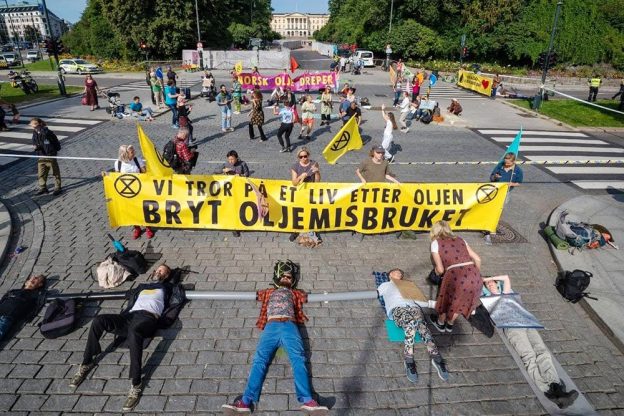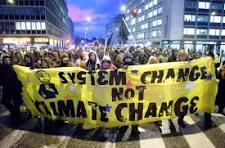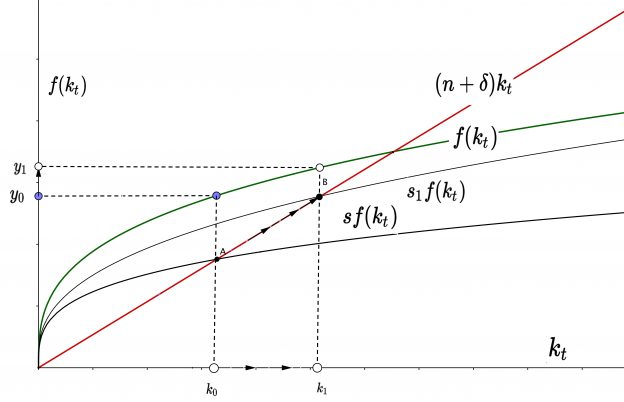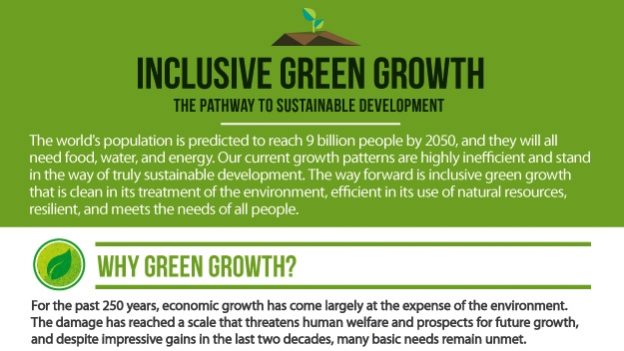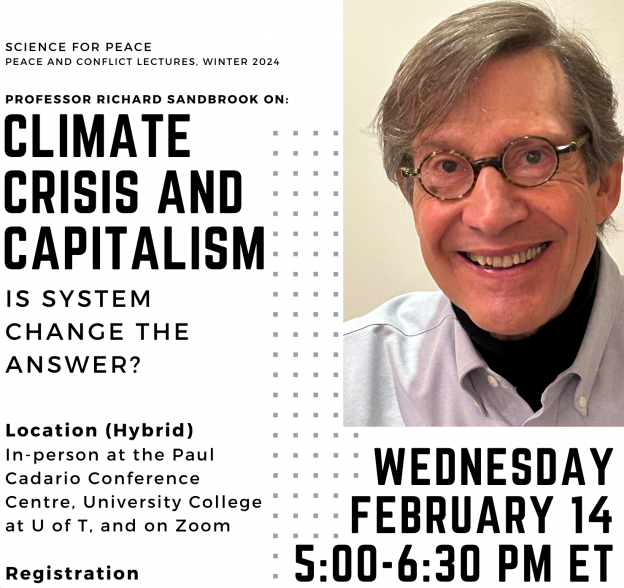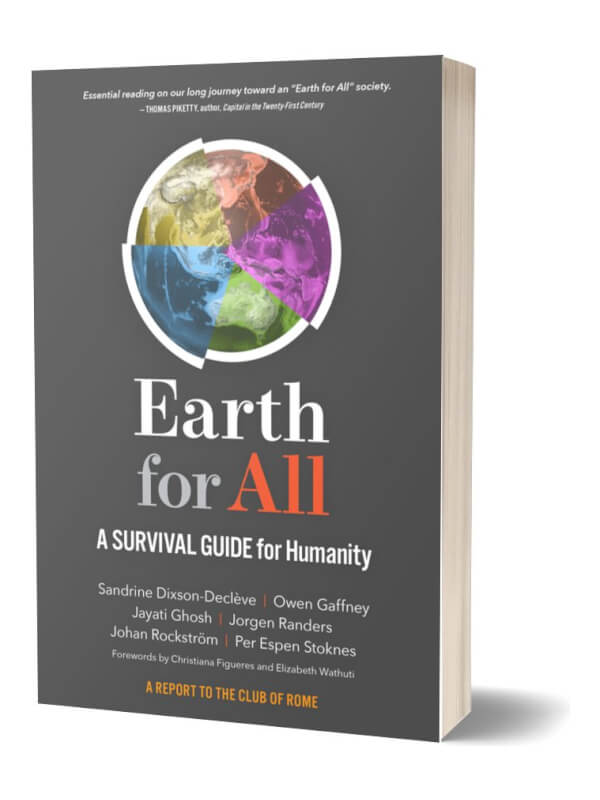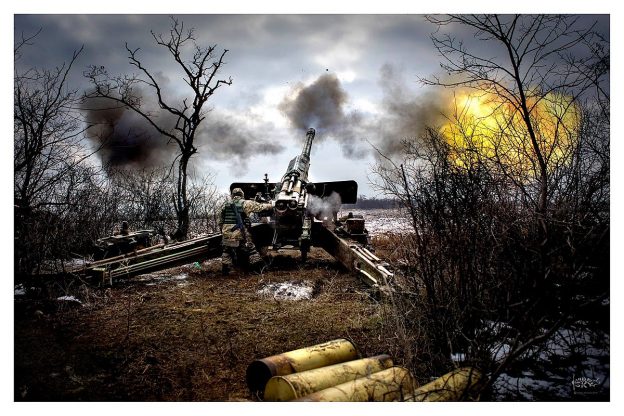Many of us thought that reason would prevail in responding to the climate crisis. If we established that climate change is real, that human activity is the main driver, and that policies and technologies are at hand to deal with the problem, then governments would respond. An aroused public would ultimately demand an emergency response. But we know now that this assumption is naive. Despite all the evidence, a powerful far right, now including some mainstream conservative parties, has assumed a belligerent denialism. Centre-left political mobilization and action thus offer the best prospect for resolving the climate/ecological challenge.
You can have a scientifically rigorous diagnosis of climate change, together with a plethora of reasonable policies to tackle the problem, but if your program lacks a strong coalition and powerful political strategy, it will fail.
The Political/Cultural Problem
The political problem is not only the economic, political and cultural power of fossil-fuel corporations and their allies. Yes, they have used this power, especially in fossil-fuel producing countries, to buttress climate denial of various sorts, and, where denial fails, to dilute and delay climate mitigation policies. Their corporate aim is to sell every molecule of hydrocarbons in their expanding reserves, regardless of the “alleged” climate costs. They are aided in this task by many other corporations that are dependent, in one way or another, on the fossil-fuel industry: ancillary industries and sub-contractors, banks, hedge funds, mutual funds and individual investors with major stakes in the industry; and steel and cement manufacturers. In addition, employees in the fossil-fuel industries fight to preserve their lucrative jobs, many not persuaded by the promise of a “just” transition safeguarding their jobs and pensions. Then, finally, there is capital in general, which will ally with fossil fuels if it appears the climate transition threatens private property and a market economy.
Furthermore, the widespread culture of possessive individualism means that some individuals who would benefit from a GND oppose any constraints on consumer choice. Despite all the discussion of the climate threat, and despite the focus on the anthropogenic causes of the impending disaster, people resist modifying unsustainable life-styles. Many educated and well-off people, though they are well equipped to understand climate science, have chosen not to know about the climate emergency. They are unwilling to contemplate surrendering the right to travel and live as they please. An ingrained individualism has been nurtured by neoliberal institutions, centrally the view that government has no right to tell people how they should consume or accumulate. This viewpoint is reinforced by thinktanks, and public opinion campaigns financed by fossil-fuel and other corporations. Right-wing parties take advantage of, and reinforce, this mentality.
Right-wing Denialism
Climate change has become entangled in the ongoing political polarization that afflicts rich, and many less-rich, societies. Polarization means it becomes increasingly difficult to institute the changes needed to reach net zero. The Far Right has adopted climate denialism as a key element of its program. A detailed study of six European countries, the United States and Brazil unveils the dynamics of this growing movement.
Conservative populists have cast climate change as a hoax. It is allegedly perpetrated by leftist elites to justify the institution of “socialist” measures: to impose new climate taxes, expand state intervention and perhaps public ownership, cancel freedoms, prohibit the ownership of SUVs and other consumer goods, and welcome waves of displaced climate migrants. This populist message, couched in bizarre conspiracy theories, resonates with those who feel left behind and who refuse to contemplate changing their life-styles. For those left behind, resentment, anger and mistrust grow along with inequality, globalization and the exodus of good jobs, the precarity of livelihoods, a loss of status for whites and males in multicultural, gender-neutral societies, and talk of climate justice and open borders. For those who refuse to change, the right offers reassurance that they do not need to forego their privileged lives. The main beneficiaries of neoliberalism may join this coalition, not because they are neo-fascists, but because it is the last, best option to preserve the power and privilege of fossil capitalism. The result is a volatile coalition that, the more pressing the economic and climatic crisis, the more resolute and reactionary its becomes.
As the political center drifts to the right, even mainstream conservative parties, such as those in the United Kingdom and Canada, have drifted toward denialism. They have, at least, opportunistically opposed modest climate policies, such as carbon taxes.
As the world heats up, climate denialism shifts form. As outright denial becomes untenable, the narrative shifts: yes, climate change is real, and yes, humans play a part, but the main problem is overpopulation, especially in the global South. Thus, we must fortify our borders to keep out the unworthy migrants who have allegedly caused the problem. Conspiracy theories become more bizarre; imminent danger of climate collapse does not squelch but inflames the political division. Reversing climate change is a hard sell.
The Left, the Centre, and Climate Mitigation
By default, effective climate action, if it is to happen, falls to the political centre and the left. Conservative parties and the far right are in denial or in opposition to the alleged “wokeness” of environmentalists. Although some segments of the population will defend their gas-powered SUVs to the end, the Green New Deal is potentially an attractive option for many. We – all the people – are vulnerable to climate change, and thus we must work together. We can win the struggle by making a just transition to a net-zero carbon economy, within capitalism, through measures that also create a more egalitarian, secure and democratic society.
Although powerful sectors of the business class will resist a fell-fledged GND, other business sectors would be supportive – provided private property rights and markets (albeit differently regulated) survive. The growing number of entrepreneurs in the renewable energy sector will be supportive. Mutual fund managers and banks that have disinvested from fossil fuels may be sympathetic. Some high-tech industries and many academics and some foundations will be on-side. The aim is to forestall a united business opposition to rapid decarbonization.
However, a climate-mitigating political coalition, to be effective, must include what Americans call “liberals” or centrists. The left is not strong enough or united enough to win this struggle alone. It must also appeal to liberals who can still be persuaded that green growth is inadequate and something more radical – “radical-reformism” – is required. The current moderation in climate policy will not suffice, but there is another choice that does not involve abandoning property rights and markets – the supplemented Green New Deal. It rejects both technocratic neoliberalism and Utopianism. The appeal may resonate particularly with those under 40, who struggle with debt, insecure prospects, and unaffordable accommodation, in addition to climate change. We need “radical” liberals for radical reformism!
A high priority in the climate struggle is thus to unite the parties of the left and centre and to defeat governments and parties of the populist right. Can the center and left forge a broad coalition animated by radical reformism? Recent history is not encouraging. Civil society encompasses a variety of social movements and parties, each with its own agenda, whether social, economic, or ecological. The coalition, to be successful, would unite climate activists with liberals, human-rights defenders, non-fossil-fuel trade unions, social democrats, socialists, indigenous activists, and identity-based groups seeking justice. “Progressives”, broadly defined, constitute the majority in most Western countries, but fractiousness weakens their influence.
Avoiding the Worst-Case Scenario
What happens if we cannot mobilize to impel an adequate response to the crisis, if we don not cut emissions roughly in half by 2030? If we are thereafter faced with runaway global warming, two alternative or concurrent, scenarios will emerge.
The first is that geoengineering techniques are tried, and they succeed in partially reducing global temperatures. Granted, many climate scientists dismiss geoengineering as “dangerous nonsense”. It is obvious why climate experts hold this view. Investments in geoengineering would reduce the pressure on governments and corporation to rapidly cut GHG emissions. There is also the knotty question of who would authorize geoengineering. It is an important question because the experiment might shift weather patterns on a global scale. Would nations agree to cooperate on such a momentous venture? Or would one major power act alone, or with only the support of its allies? If the latter, war is a major risk. If one country or bloc undertakes to geoengineer the climate, and that attempt precipitates, or is thought to precipitate, calamitous weather effects for a non-cooperating great power, the outcome might be armed conflict. Yet, despite the risks, accelerating global warming will motivate major powers to resort to geoengineering, with or without global cooperation.
The two most promising geoengineering techniques are stratospheric aerosol injection and marine cloud brightening. Both aim to cool the atmosphere despite the high concentration of carbon dioxide. The former does so by injecting sunlight-reflecting sulfur dioxide into the atmosphere; the second, by brightening clouds, and thus their sunlight-reflecting capacity. Cloud brightening relies on convection to carry sprayed droplets of seawater up to low-lying clouds. However, even if these techniques were found to be effective, considerable time and immense resources would be needed to reach the scale capable of lowering global temperatures.
Even then, geoengineering is not a cure for global warming. It is only a stop-gap measure. Carbon emissions would not abate, magnifying the greenhouse effect. Geoengineering would, at best, provide more precious time to cut emissions and draw carbon dioxide out of the atmosphere. And this limitation brings us back squarely to where we began: the necessity of mobilizing a coalition to support a democratic program for decarbonization and a just transition.
If neither a technological nor a radical-reformist fix happens, you don’t need to be a political scientist to foresee how the crisis will unfold – the second scenario.
Extreme weather events and their dire human consequences will bring to the fore two poles of violent action. The first is fascism, which thrives in crises. With threats to property posed by mass movements and by the left-of-centre alliance behind a Green New Deal, the last resort of fossil capital and the wealthy may be to ally with reactionary political forces. They will see this act (as in the 1930S) as the only way to re-establish order and safeguard power and property. Hitherto climate-deniers on the right may see in the unfolding tragedy an unparalleled opportunity: to appeal to the ethno-nation, casting migrants, immigrants and their alleged “elite” proponents as the enemy at the gate.
Fortress America, Fortress Europe and Fortress Australia are the antithesis of the Green New Deal. For the fascists, the problem is the migrants at the gate, not global warming. Fascism means abolishing liberal freedoms, closing borders, blaming “aliens”, repressing dissent and regulating national economies while reinforcing existing property rights and ethnic and class hierarchies. It involves abandoning the global South to its fate and reversing globalization in accordance with nationalist priorities. It will breed militarism, as the great powers manoeuvre to capture diminishing stocks of fresh water, fossil fuels and other resources.
Fascism has no viable answer to the climate crisis, or the socioeconomic crisis the latter precipitates. It has recourse instead to conspiracy theories, glorification of the “people” and repression of migrants and others. The worse the climate crisis, the higher the number of climate migrants, the stronger the drum-beat of nativism. This scenario is already playing out.
The other pole of violence will emerge from the climate movement. This movement, so far, has been scrupulously nonviolent in its tactics. Civil disobedience, a form of nonviolent action, has been practised, sometimes effectively, by Greenpeace, Extinction Rebellion, and indigenous groups, especially in blocking pipelines, new mining ventures, and deforestation of virgin forests. But the failure of democratic protest to bring about a just and sustainable future will bring sabotage of the carbon infrastructure, and indeed destruction of industrial civilization itself, to the fore. Clandestine environmental groups practicing violence may be seen by many as a legitimate final resort, if ecological disasters push civilizations closer to the brink of collapse.
We should be ready. The climate/ecological crisis can precipitate a political as well as socio-economic crisis. Our task is to ensure that the dystopian second scenario never happens. Radical reformism remains our best hope.
